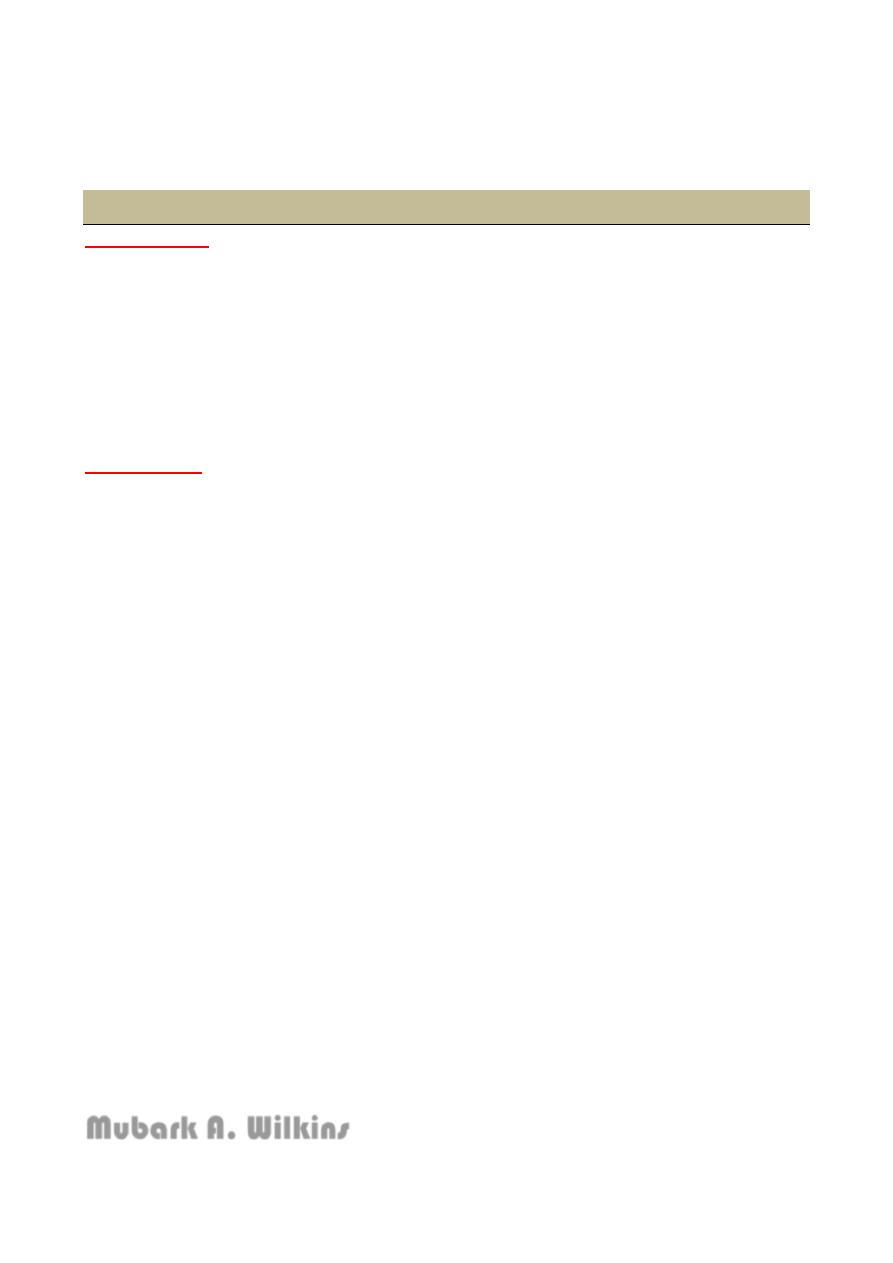
L4
Hysteroscopy
D. Marwa
Is inspection of uterine cavity by endoscopy with access through the cervix.it allow for
diagnosis of intrauterine pathology and serves as a method of treatment.
Indication of hysteroscopy
1. ASherman syndrome intra uterine adhesion result from aggressive curettage
2. Endometrial polyp
3. Abnormal uterine bleeding
4. Adenomyosis
5. Endometrial ablation
6. Myomectomy for fibroid
7. Congenital uterine malformation
8. Evacuation of RPOC
9. Removal of missed IUCD
10. Tubal sterilization
Contraindication
Pelvic infection
Pregnancy
Cervical ca
Heavy uterine bleeding
Equipment for hysteroscopy
Hystroscope (rigid and flexible)
Uterine distension
Either gas (co2), low viscosity fluid (normal saline , 5%dextrose , 1.5 glycine,
3%sorbitol, 5%mannitol) or high viscosity fluids
Mechanical instrument
Scissors, grasping and biopsy forceps and monopolar electrodes
Resctoscope

Complication of hysteroscopy
Early
Uterine perforation
Bleeding
Trauma to cervix and other organ
Fluid over load and electrolyte disturbance
Gas embolism
Pelvic infection
Late
Intra uterine adhesion
Uterine rupture
Hematomatra
Pregnancy
Laparoscopy
Indication of laparoscopy
Acute and chronic pelvic pain
Ectopic pregnancy
Pelvic inflammatory ds
Endometriosis
Adnexal torsion
Sub fertility
Congenital pelvic abnormality
Staging for ovarian ca
Unexplained pelvic mass
Contraindication
Bowel obstruction
Generalized peritonitis
Diagrammatic hernia
Major intraperitoneal Hg
Massive obesity
Inflammatory bowel ds
Large abdominal mass
Advanced pregnancy
Multiple abdominal incision
Equipment for laparoscopy
Laparoscope
Versus needle
To insufflate the abdomen with gas at start of laparoscopy
Trocars and cannula
Act as conduct for laparoscope

Laparoscopic insufflator
Suction or irrigation pump
Mechanical instruments
Complication
Intraoperative
Bowel injury
Vascular injury
Bladder injury
Surgical emphysema
Anesthetic complication
Postoperative
Venous TE
Infection
Port site hernia
Mubark A. Wilkins
